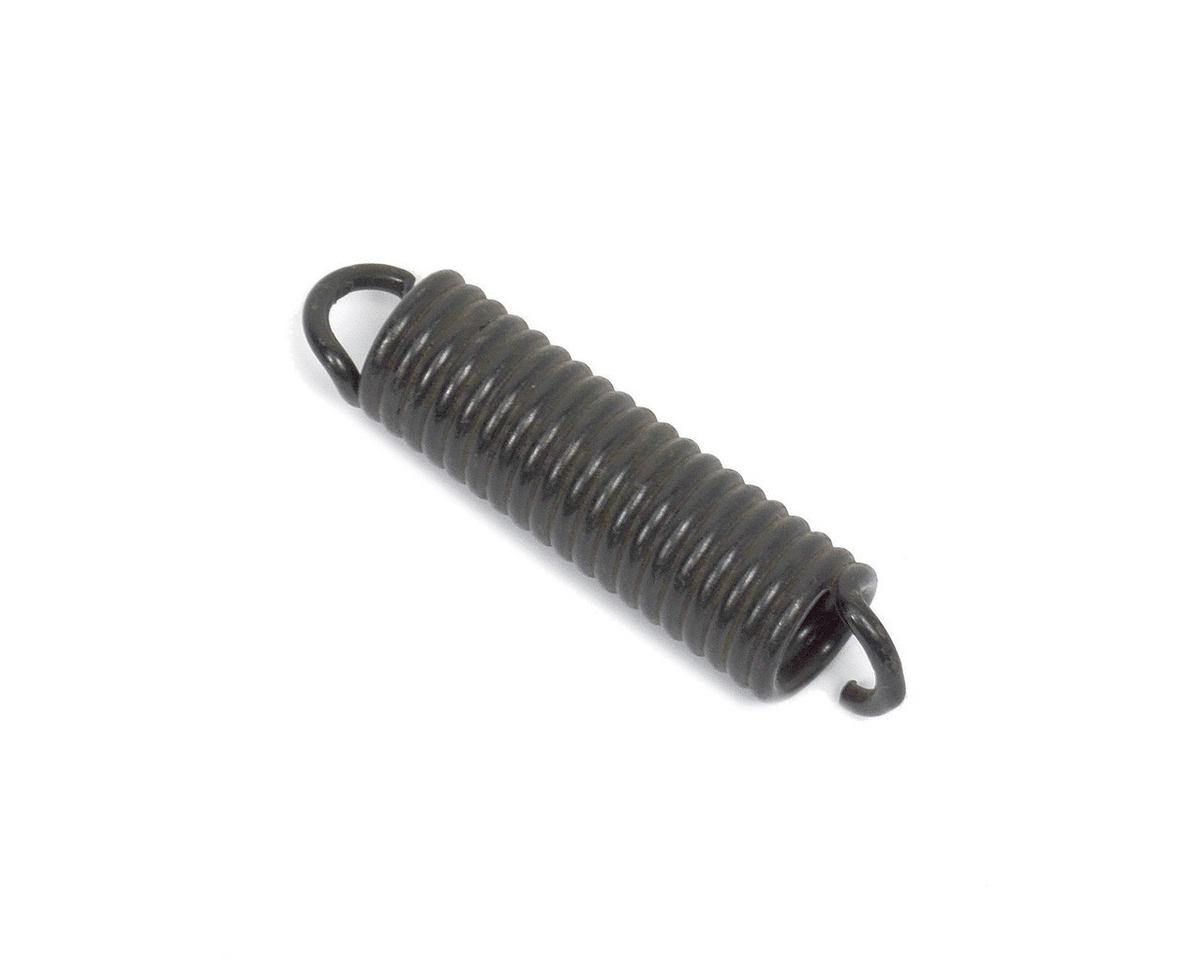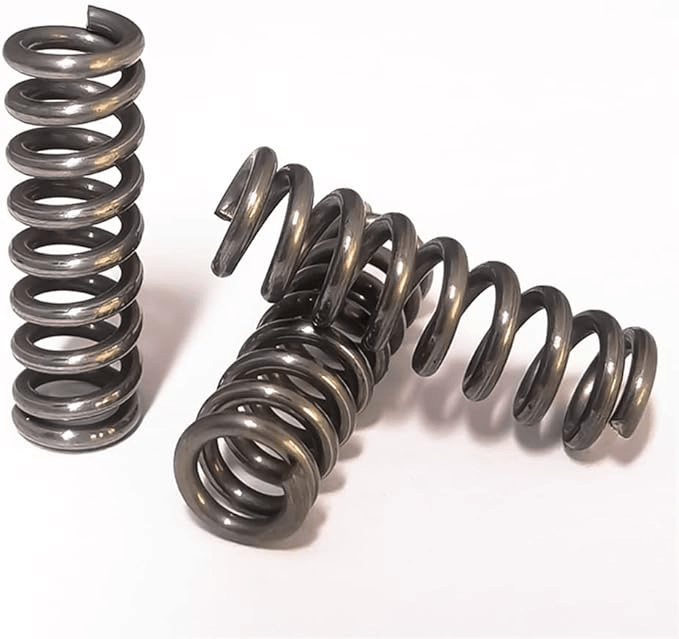
- Our Products
- All Products
- Material
- Components
- About Us
- …
- Our Products
- All Products
- Material
- Components
- About Us
- Our Products
- All Products
- Material
- Components
- About Us
- …
- Our Products
- All Products
- Material
- Components
- About Us
GEE SMA
Beijing GEE SMA Technology Co., Ltd. (GEE SMA), founded in 1998, is a professional high-tech enterprise which is one of the earliest engaged in nitinol in China. GEE SMA has committed itself to improving its manufacturing technique, quality control and products deep processing on SMAs in the past 26 years.
Our Process
1Raw Materials
2Melting
(VIM or VIM&VAR)
3Forging
4Drawing or Rolling
5Wires Straight Annealed or Cold Condition
6Testing & Shipping
Nitinol spring
The Nitinol spring is a versatile component, offering options for one-way or two-way configurations as well as tension or compression operations. Its adaptability extends to systems with irregular driving components. Furthermore, for applications demanding precision, the Active Af tolerance can reach ±1 ℃, ensuring accurate control in temperature-dependent scenarios.

Superelastic SE508 Nitinol Tension Spring
- Wire diameter: 0.75mm±0.01mm
- Spring outside diameter: 6.75mm ±0.10mm
- Total coil number: 25
- Active coil number: 21 (with the extra loops)
- Transformation temperature: Active Af=10°C

Shape Memory SM NTC(NiTiCu) Compression Spring
- Wire Diameter: 2.0mm
- Spring Outside diameter: 15 mm
- Extension length of spring: 36 mm (high temperature)
- Compressed length of spring: 20 mm (low temperature)
- Active coil number: 8
- Total coil number: 6
- Transformation temperature: Active Af=62°[C]
- Spring Force at 11 mm above 67°[C]: 6.0 Kgs
Nitinol driver (Actuator)
Nitinol driver (actuator) mainly consist of muscle wires and nitinol springs.

FAQs
What is Nitinol?
What are transformation temperatures?
How does one measure transformation temperatures?
What is superelasticity?
What is shape memory effect?
What is the typical hysteresis for NiTi alloys?
What are the typical fatigue properties of NiTi alloy?
What influences transformation temperatures and mechanicalcharacteristics?
What are the typical mechanical properties of superelastic NiTi alloys?
What does ACTIVE transformation temperatures mean?
How are NiTi alloys melted?
What is the difference between an as-drawn wire and a straightenedsuperelastic wire?
What is the influence of the amount of cold work in the material?
How do I set a shape in a NiTi component?
Is NiTi biocompatible and can it be used as an implant material?
Supporting you every step of the way
Connect with GEE SMA today to access our exceptional resources, technical acumen, and demonstrated service, ensuring that your project's design, adaptation, or manufacturing prerequisites are met with excellence.

Subscribe to Our Newsletter




